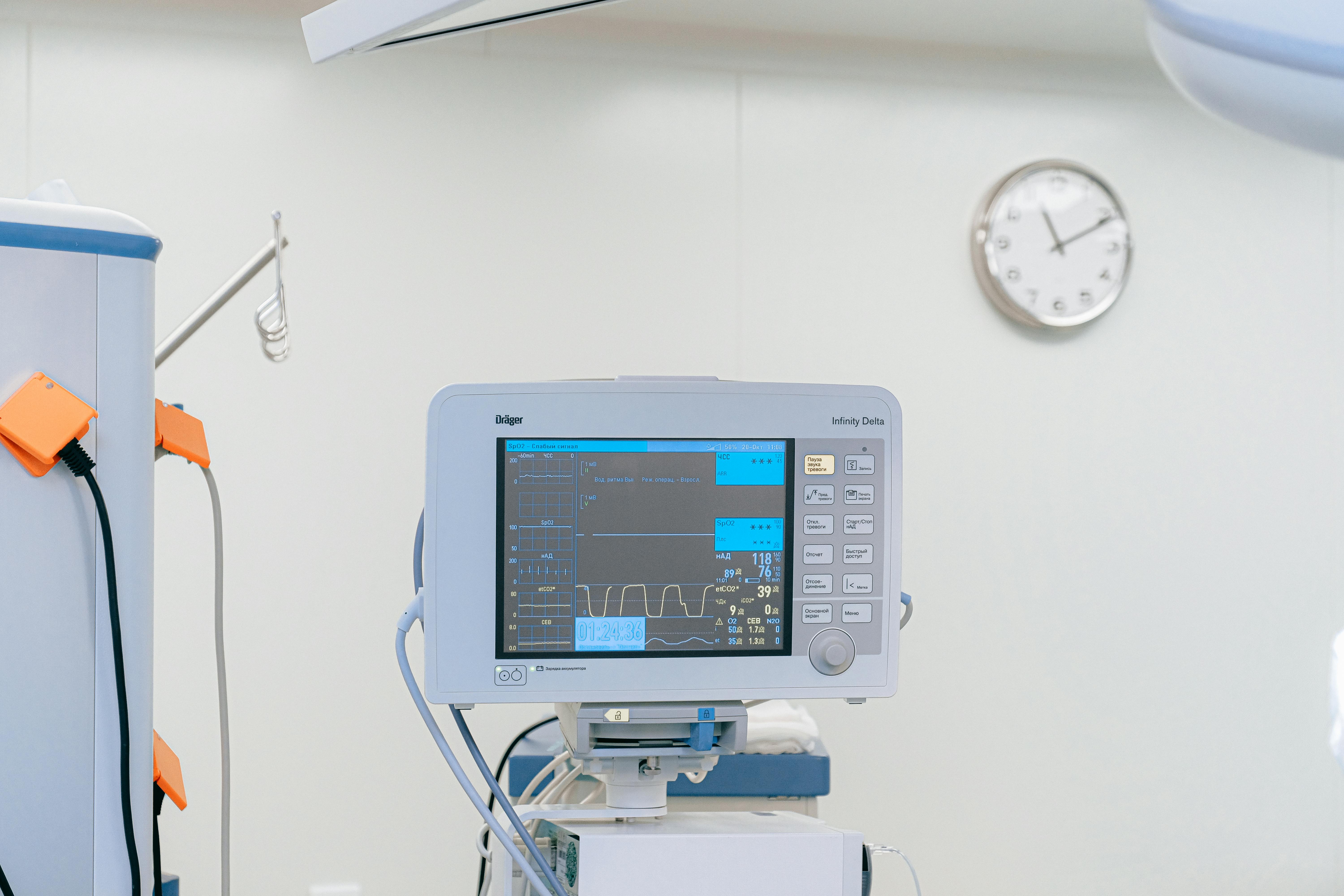Since 1 July, our Port Phillip beaches have all been cleaned solely by hand as part of . The frequency of cleans has remained the same, with each Port Phillip beach cleaned fortnightly. Four months into the trial, we’re ready to share the first report with our community.
Why hand cleaning?
The trial came about after investigations found that the mechanical rake only removed about 40 per cent of litter and sometimes broke plastic items into smaller pieces and buried them in the sand. The investigation also found 85 per cent of the material collected by the rake and taken for waste disposal was organic matter, such as seaweed. Removing seaweed from beaches means taking away a major food source for marine animals such as birds, crabs and fish.
We also want to reduce the amount of organic matter in landfill to limit dangerous methane gases that contribute to poor environmental outcomes.
Seaweed, tides and seasonal changes
Seaweed is a natural part of the beach, and it comes and goes with the tides and winds. Typical seasonal wind patterns see the wind moving north-westerly during the colder months. This is evident with the amount of seaweed present on our Port Phillip Bay beaches in winter. Heading into summer, the wind patterns tend to change and we’re likely to see less seaweed on our beaches in summer.
Seaweed left on the beach will decompose rather quickly and blow onto the foredune areas where it will help stabilise the vegetation. We’re keeping an eye on this to find out how quickly it breaks down and what benefits the seaweed has on the flora and fauna.
Feedback from community members
Our community members have been very forthcoming with feedback. Some people have told us they are starting to notice more shorebirds and marine animals on our beaches, which is fantastic.
Not all feedback has been positive. Many are concerned about seaweed on the beach. We had some big storm events in September that brought more seaweed and debris onto our beaches than usual. In fact, it was the windiest September in seven years! With the storms and strong north-west winds, we copped more than just seaweed: litter and rubbish from other municipalities came onto our beaches from across the bay (including a large wheelie bin from the Bellarine Peninsula!). It’s thanks to the hand-cleaning method we know that not all rubbish collected here is from the Mornington Peninsula. The cleaning team records debris and rubbish from other councils. We will reach out to our colleagues across the bay to share our findings and discuss what can be done to limit the amount of rubbish moving across the bay and onto our beaches.
The power of community
Across the Peninsula, volunteers play a major role in keeping our beaches clean. We are incredibly grateful to everyone who does their bit, whether they are part of an organised group, take part in clean-up events or just pick up rubbish when they see it.
What happens next?
Fortnightly cleans will continue over the summer. We will continue to monitor the beaches and the type of litter we pick up.
The trial will run until 30 June 2025. It’s important we let the trial run for the full 12 months to get an accurate understanding of the pros and cons of hand cleaning. This will allow the new Council to make an informed decision about how best to clean our beaches in the future.
We’ll keep the community informed and look forward to sharing the findings of the next quarterly report early next year.
Read the report and have your say!
Go to to read the July – September report. Fill in the survey to share your feedback on the trial until 30 June 2025.
Note: Beaches on the ocean side of the Peninsula, from Point Nepean to Somers are not cleaned on a regular schedule – either by hand nor rake.







